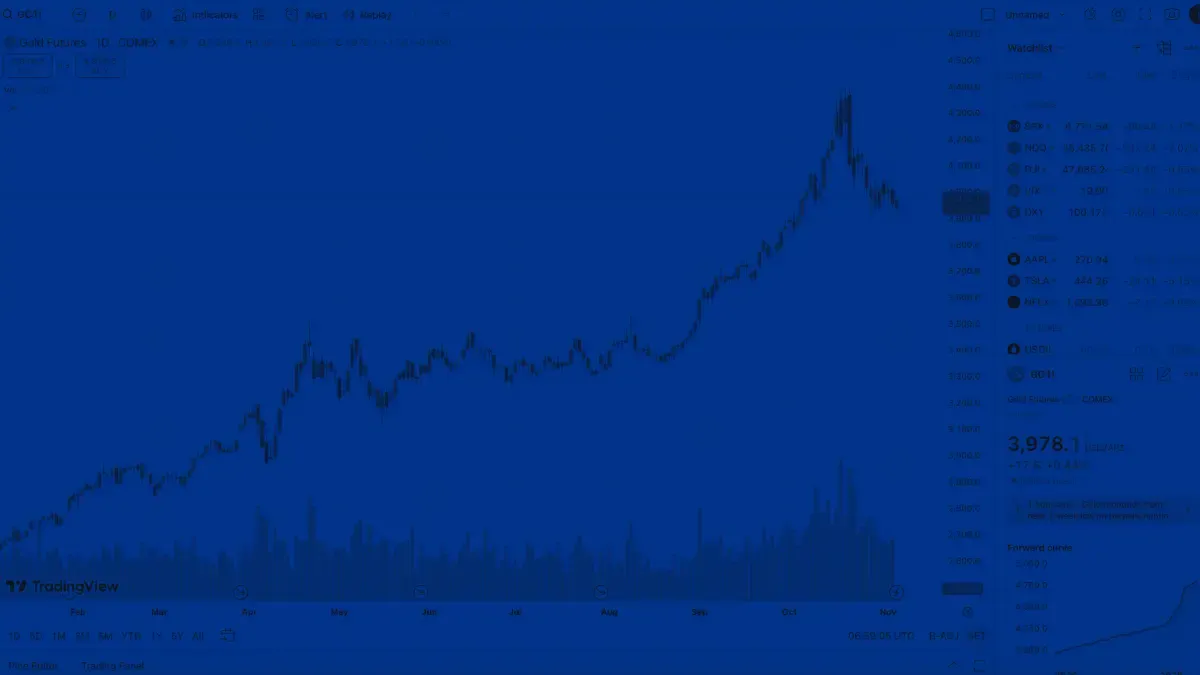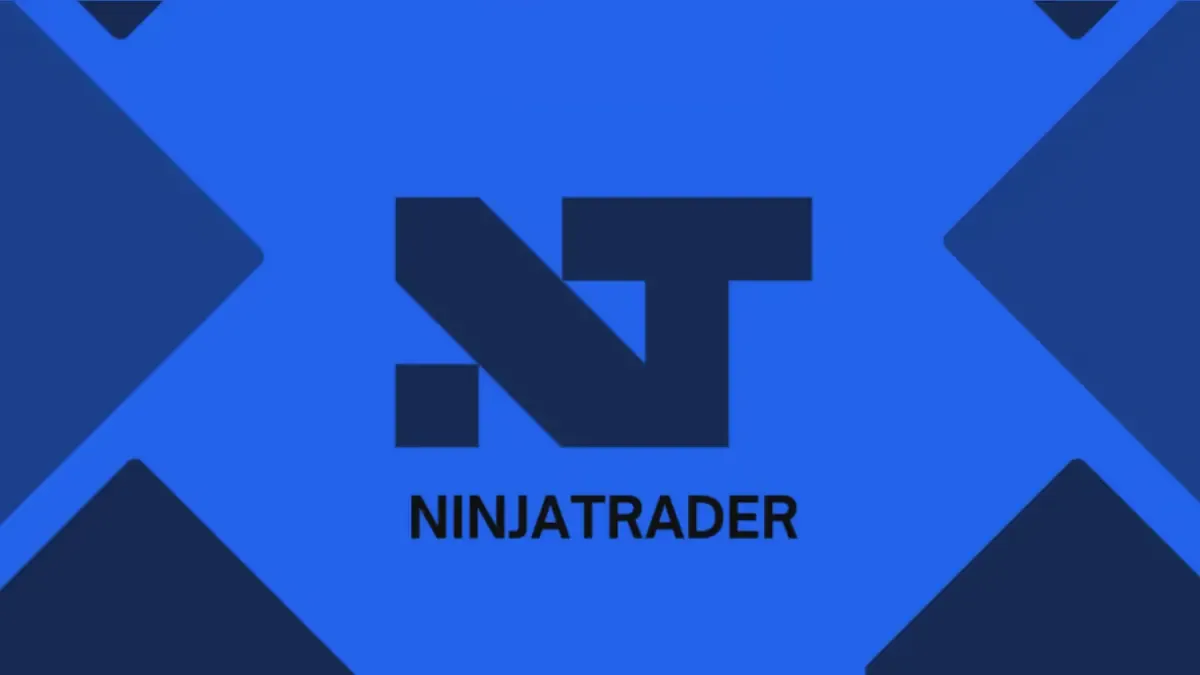Speed versus adaptability. Consistency versus intuition. These fundamental trade-offs define the choice between algorithmic execution and human discretion in futures trading. Each approach demands different skills and delivers distinct advantages that appeal to different trader personalities and market conditions.
Core Differences Between Methods
Manual trading systems rely on human judgment, real-time decision-making, and discretionary analysis to execute trades. Traders analyze market conditions, interpret price action, and make decisions based on experience, intuition, and systematic rules applied with human oversight.
Automated trading system execute trades based on pre-programmed algorithms without human intervention during the execution phase. These systems follow predetermined logic, mathematical models, and statistical relationships to identify and capitalize on market opportunities.
The fundamental distinction extends beyond execution methods into the underlying philosophy of market participation. Manual approaches embrace human adaptability and pattern recognition capabilities, while automated systems leverage computational speed and emotionless consistency.
The Case for Automated Trading Systems
Futures automated trading dominates in environments where speed, consistency, and emotional neutrality determine success. Modern futures trading markets require split-second decisions that exceed human reaction capabilities, particularly in high-frequency scenarios or when managing multiple positions simultaneously.
Emotional Discipline and Consistency
The primary advantage of any trading automated system stems from its immunity to emotional interference. Fear, greed, and hesitation---the trinity of trading psychology challenges---cannot influence algorithmic decisions. This emotional neutrality enables consistent execution of trading rules regardless of market volatility or recent performance outcomes.
Automated systems execute trades based purely on predefined criteria, eliminating the common human tendency to override systematic approaches during stressful market conditions. This consistency proves particularly valuable during drawdown periods when emotional pressure intensifies and manual traders abandon proven strategies.
Speed and Market Efficiency
Automated trading systems process market data and execute trades within milliseconds, capturing opportunities that disappear before manual traders can react. In futures trading, where price movements can be rapid and substantial, this speed advantage often translates directly into improved entry and exit prices.
The computational power behind automated systems enables simultaneous monitoring of multiple markets, timeframes, and complex relationships that would overwhelm human cognitive capacity. This broad market surveillance identifies opportunities and risk scenarios that manual approaches might miss.
Backtesting and Statistical Validation
Automated trading systems facilitate rigorous historical testing that validates strategy performance across various market conditions. This statistical approach to strategy for development provides objective performance metrics that guide system refinement and risk assessment.
Historical testing capabilities enable traders to evaluate how strategies would have performed during specific market events, seasonal patterns, and volatility regimes. This analytical foundation supports more informed decisions about strategy deployment and capital allocation.
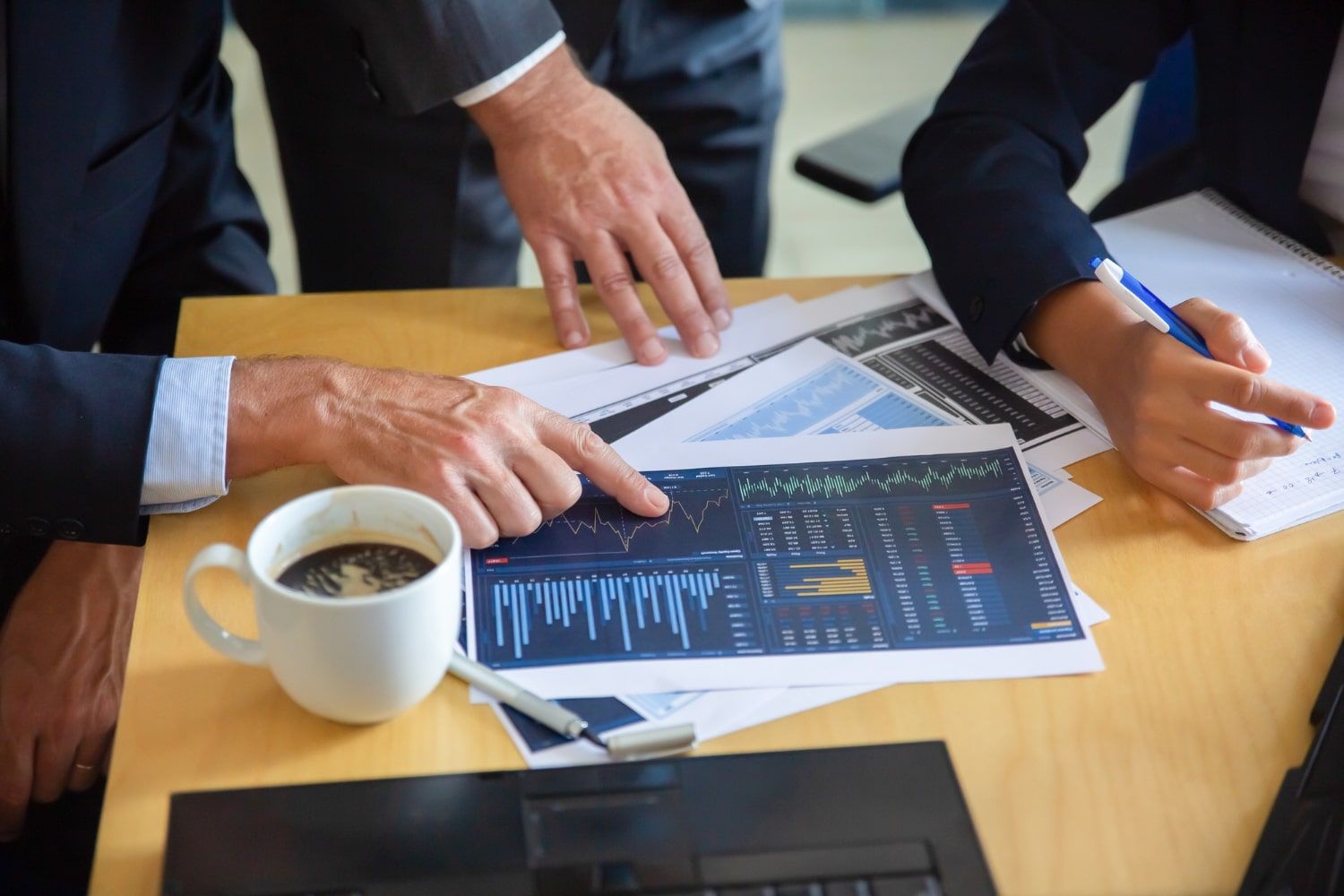
The Strengths of Manual Trading Approaches
Manual trading harnesses human cognitive abilities that remain superior to algorithmic approaches in specific market scenarios. Pattern recognition, contextual analysis, and adaptive decision-making represent areas where human intelligence continues to outperform computational systems.
Adaptive Pattern Recognition
Human traders identify complex patterns that resist algorithmic definition. Market structures, sentiment shifts, and unusual behavior patterns require interpretive skills that automated systems cannot replicate. Manual trading systems leverage these cognitive advantages to identify opportunities in ambiguous or unprecedented market conditions.
Experienced manual traders develop an intuitive understanding of market rhythm and participant behavior that enables them to anticipate moves before they become apparent to systematic approaches. This pattern recognition ability proves particularly valuable during market transitions and structural changes.
Contextual Decision Making
Manual trading approaches incorporate broader market context, news events, and fundamental developments that may not be quantifiable for algorithmic processing. Human traders can rapidly assess the significance of unexpected events and adjust their strategy accordingly.
The ability to recognize when normal market relationships break down or when exceptional circumstances warrant rule modifications gives manual traders flexibility that rigid automated systems lack. This adaptability becomes crucial during crisis periods or significant market regime changes.
Discretionary Risk Management
Human judgment enables dynamic risk management that extends beyond predetermined parameters. Manual traders can recognize developing risk scenarios and adjust position sizes, timeframes, or market exposure based on evolving conditions that automated systems might not detect until damage occurs.
Discretionary elements allow for creative problem-solving when standard approaches encounter unusual market conditions. This flexibility in strategy for execution enables manual traders to navigate complex situations that might confuse algorithmic systems.
Choosing Your Optimal Approach
The decision between manual trading and automated trading depends on individual characteristics, market focus, and operational preferences rather than the inherent superiority of either approach.
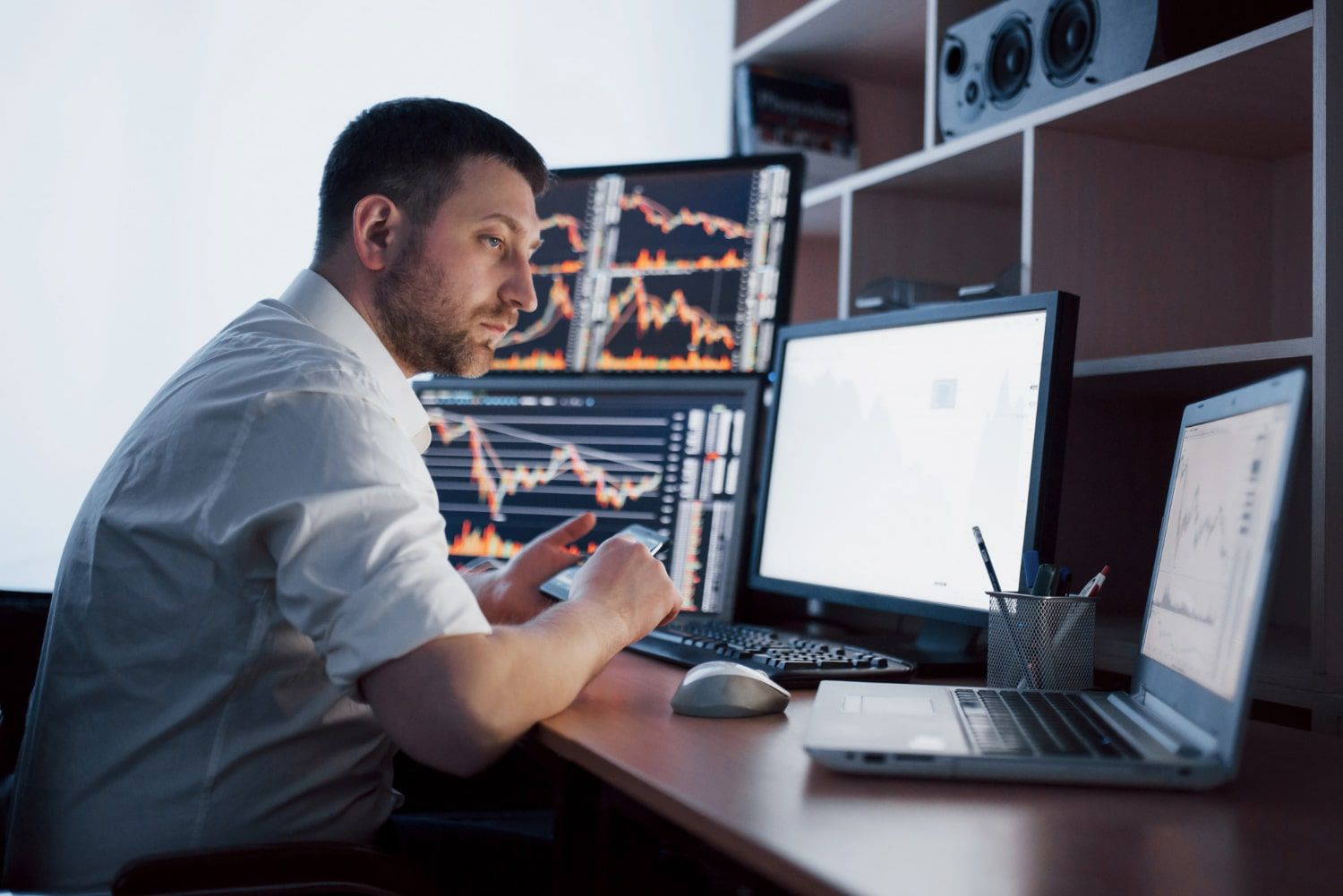
Technical Aptitude and Preferences
Traders with strong programming skills and mathematical backgrounds gravitate toward automated trading systems because they can develop, test, and refine algorithmic approaches effectively. Programming ability enables continuous system improvement and customization that aligns with specific market views and risk preferences.
Conversely, traders who prefer intuitive analysis, enjoy real-time decision-making, and identify patterns effectively may find manual trading systems more suitable. These individuals achieve better results through discretionary approaches that leverage their cognitive strengths.
Market Focus and Timeframes
Short-term trading futures strategies benefit from automation due to the speed requirements and repetitive nature of signals. Scalping, arbitrage, and high-frequency approaches typically require automated execution to capture narrow profit margins before they disappear.
Longer-term approaches or strategies that incorporate fundamental analysis may favor manual implementation where human judgment adds value to the decision-making process. Complex market interpretation and strategic positioning often benefit from human oversight and adaptation capabilities.
Resource Allocation and Lifestyle
Automated trading requires significant upfront development time but can operate with minimal ongoing supervision once properly implemented. This characteristic appeals to traders who prefer systematic approaches or have limited time for active market monitoring.
Manual trading demands consistent attention during market hours but requires less technical development expertise. Traders who enjoy active market participation and have the time and focus for discretionary decision-making prefer this hands-on method.
MyFundedFutures supports both methodologies through flexible account structures that accommodate different time commitments and capital requirements.
Hybrid Approaches and Integration
Many successful futures trading operations combine automated and manual elements to capture the advantages of both approaches while mitigating their respective limitations.
Semi-Automated Systems
Semi-automated approaches use algorithms for market scanning and signal generation while retaining human oversight for final execution decisions. This hybrid model leverages computational efficiency for opportunity identification while preserving human judgment for trade validation and risk assessment.
These systems might automatically identify potential setups based on technical criteria but require manual confirmation before executing trades. This approach balances speed and accuracy while maintaining trader control over final decisions.
Systematic Discretionary Trading
Systematic discretionary approaches establish clear rules and criteria for trade identification but allow human judgment in execution timing, position sizing, and risk management. This methodology provides structure while preserving the flexibility that makes manual trading effective.
Traders using this approach might have systematic entry criteria but apply discretionary factors for exit timing or position management based on evolving market conditions.
Technology Integration and Platform Requirements
Modern trading platforms provide sophisticated tools that support both manual and automated trading system implementations, though specific requirements differ significantly between approaches.
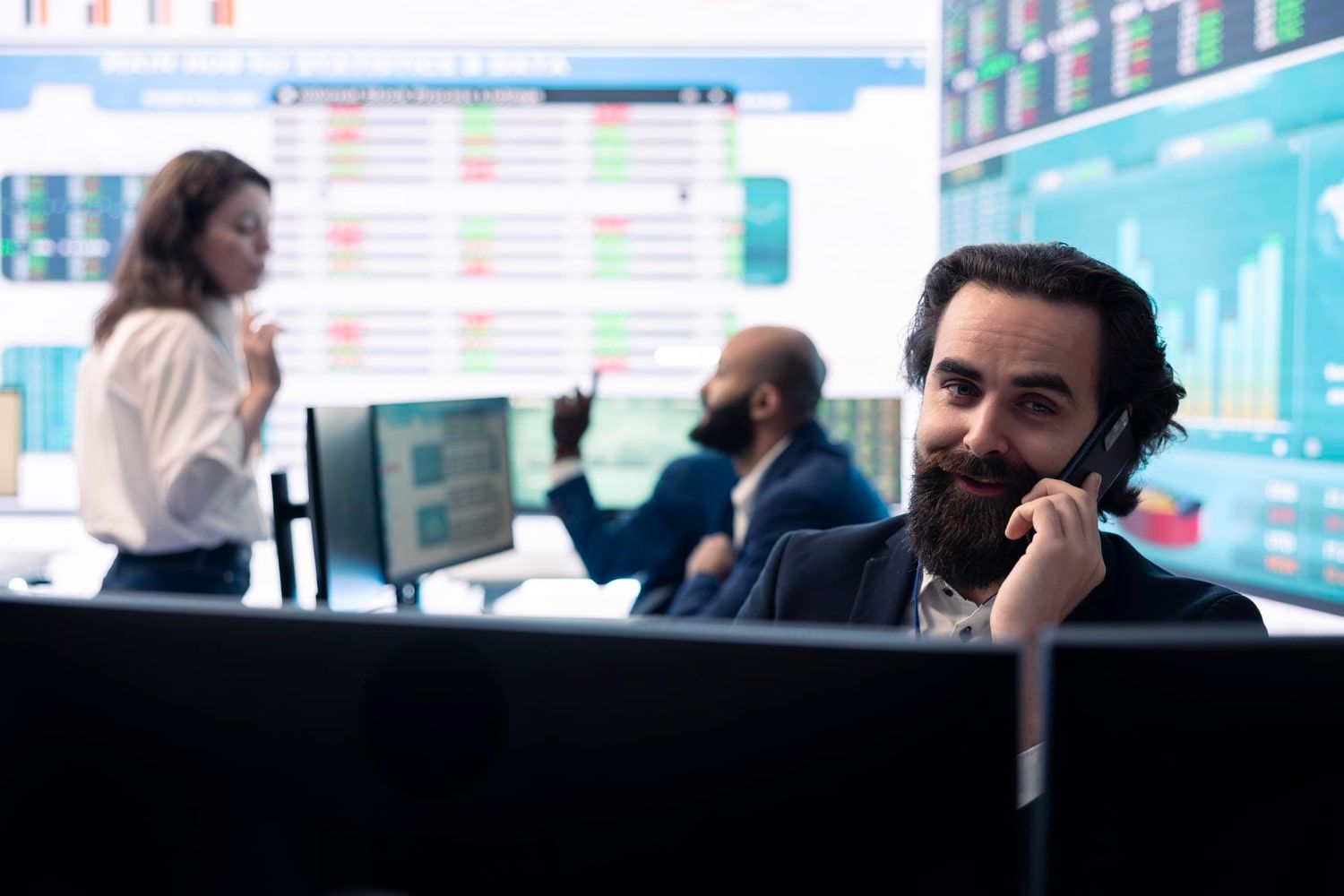
Manual Trading Technology Needs
Manual trading requires platforms with intuitive interfaces, rapid order execution, and comprehensive charting capabilities. Real-time data feeds, customizable displays, and efficient order management tools enhance manual trading effectiveness without adding unnecessary complexity.
Advanced charting packages, news feeds, and market depth displays support the analytical requirements of discretionary trading while maintaining the flexibility that manual approaches require. Prop firms typically provide professional-grade platforms that support both methodologies without forcing traders into specific execution styles.
Automated System Infrastructure
Automated trading systems demand robust programming environments, reliable data feeds, and fail-safe mechanisms that ensure system integrity during various market conditions. Backtesting capabilities, optimization tools, and performance monitoring systems become essential infrastructure components.
Server reliability, redundant data connections, and automated system monitoring help ensure that algorithmic approaches continue operating effectively without constant human intervention.
Risk Management Considerations
Both automated and manual trading approaches face distinct risk management challenges that require different solutions and oversight mechanisms.
Automated System Risks
Automated trading systems can amplify losses rapidly when logic errors or unexpected market conditions cause systematic failures. These systems require comprehensive testing, position limits, and kill switches that prevent catastrophic losses during system malfunctions.
Regular system monitoring, performance tracking, and periodic strategy validation help identify potential issues before they impact trading capital significantly. Automated systems also require robust backup procedures and contingency plans for technical failures.
Manual Trading Risk Factors
Manual trading systems face risks from emotional decision-making, inconsistent rule application, and human error during stressful market conditions. These risks require psychological discipline, systematic record-keeping, and structured approaches to maintain trading consistency.
Education, mentorship, and systematic self-evaluation help manual traders maintain discipline and improve decision-making quality over time. Regular performance analysis and rule adherence monitoring support continued improvement in manual trading execution.
Performance Measurement and Optimization
Evaluating and improving trading futures performance requires different approaches depending on whether manual trading or automated trading methods are employed.
Automated System Analytics
Automated trading systems generate comprehensive performance data that enables detailed statistical analysis of strategy effectiveness. Metrics such as Sharpe ratios, maximum drawdown, win rates, and profit factors provide objective measures of system performance.
This data facilitates systematic optimization through parameter adjustment, rule modification, and strategy combination testing. Automated systems can be continuously refined based on performance feedback and changing market conditions.
Manual Trading Assessment
Manual trading performance evaluation focuses on decision-making quality, rule adherence, and psychological factors alongside traditional profit metrics. Trade journaling, execution analysis, and emotional state tracking provide insights for improvement that pure profit numbers cannot reveal.
Manual traders benefit from reviewing both successful and unsuccessful trades to identify patterns in decision-making that lead to superior outcomes. For instance, MFFU provides detailed reporting tools that facilitate this qualitative analysis while supplementing quantitative performance measures.
Ready to dive in?
Explore our challenge accounts, pick the one that fits you best, and start your journey to getting funded.
Explore AccountsThis material is provided for educational purposes only and should not be relied upon as trading, investment, tax, or legal advice. All participation in MyFundedFutures (MFFU) programs is conducted in a simulated environment only; no actual futures trading takes place. Performance in simulated accounts is not indicative of future results, and there is no guarantee of profits or success. Fewer than 1% of participants progress to a live-capital stage with an affiliated proprietary trading firm. Participation is at all times subject to the Simulated Trader Agreement and program rules.
Frequently Asked Questions
Rate this article
Related Posts
Read our most popular posts
5 Best Prop Firms With TradingView Integration
TradingView's powerful charting tools and real-time data make it a favorite among futures traders, but not every prop firm lets you trade directly from your charts. We've identified five firms that offer true TradingView integration, making it easy to analyze, execute, and scale without switching platforms.
What Is MyFundedFutures Scale Account and Is It The Right Plan For You?
The MyFundedFutures Scale Account is a middle-tier evaluation plan that balances affordability with growth potential. The scale plan offers weekly payout opportunities with increasing withdrawal limits, no daily loss cap, and a clear path to live funding after just five consecutive payouts.
5 Best Prop Firms With NinjaTrader Integration
NinjaTrader's advanced charting and precision execution tools make it a top choice for active futures traders, but not every prop firm integrates it smoothly. We'll highlight five firms that support true NinjaTrader compatibility, how their setups compare, and which one gives you the most stable, consistent path from evaluation to funded account.
